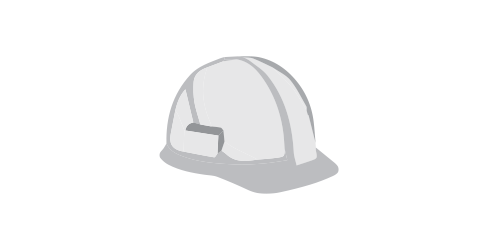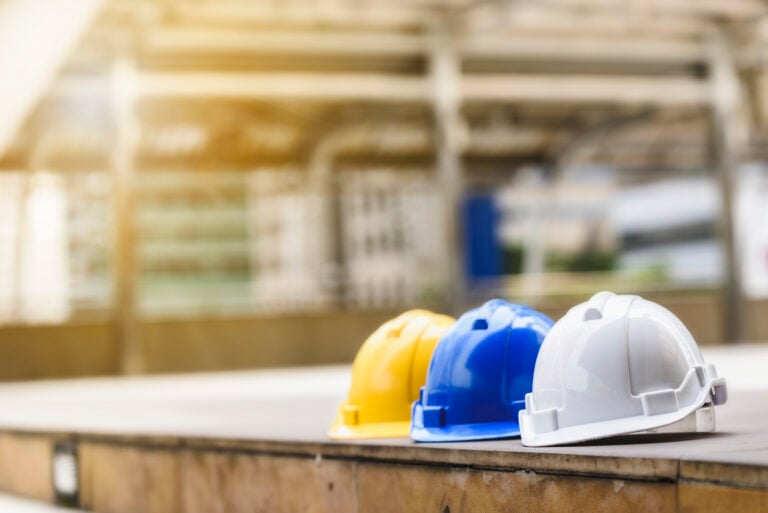The Association of the Wall and Ceiling Industry is among many groups that have pledged to stand up for suicide prevention in the construction industry, part of a coalition organized by the Construction Industry Alliance for Suicide Prevention. The construction industry has a problem with mental health and suicide, and through AWCI’s safety and education programs, we are working to help.
The pressures of the entire system of building construction put added stress on workers at all levels. In addition, workers in the wall and ceiling industry perform some pretty strenuous tasks that could result in pain, fatigue, strains and sprains, and repetitive motion injuries. The suicide rate in construction is more than four times the national average. Up to 90% of the people who die by suicide have a mental health condition, and their deaths affect dozens of others: friends, family members and coworkers.
Many people don’t think our industry has a problem, so step one is awareness. Understanding this helps us find solutions. Anything that we can do as an association, and that you can do within your company to raise awareness will help.
The next step is understanding why mental health and suicides are so bad in construction. In addition to the stressors mentioned above, reasons include construction’s male-dominated industry, the “tough guy” mentality, the idea that talking about mental health issues is a sign of weakness, the seasonal and cyclic work of construction, shift work, long periods of time away from family and long strenuous work hours leading to fatigue.
What many executives do not realize is the economic costs of mental health. According to the CIASP, unresolved depression contributes to a loss to the U.S. economy of $210.5 billion a year in absenteeism, reduced productivity and medical costs. When employees are depressed, they miss an average of 31.4 days per year and lose another 27.9 to unproductivity.
Here are the four key areas for improving mental health in construction:
Leadership Engagement. Before serious strategies can be carried out to address the mental health of construction workers, the company leaders must buy in to the need for mental health improvement. They need to understand the impact mental health has on employee retention, productivity, medical costs, safety and worker satisfaction.
Raising Awareness. A pulse survey was conducted in 2021 to better understand mental health experiences and needs in the construction industry. Respondents ranked supervisor and employee training as the top way to make mental health more visible, reduce stigma and show organizational commitment. Other strategies included toolbox talks, fact sheets, employee assistance programs, posters, newsletters and even mental health apps.
Creating a Mentally Healthy Organizational Culture. This has become a key issue for all industries, not just construction. According to the American Psychological Association’s 2023 Work in America survey, 19% of the total workforce describes their workplace as “very or somewhat toxic.” And 22% have experienced workplace harassment. According to the Pulse survey, elements of a “caring culture” include feeling a sense of connection with peers and a sense of belonging within the organization, feeling a sense of trust and community with coworkers, and having leaders who help workers feel valued and appreciated for their contributions.
A caring culture is also one where leaders let employees know it is OK to take care of their mental health and to reach out for help. Less than 50% of people who need mental healthcare actually get it. Companies are starting to recognize their role in normalizing mental health discussions and making it easier for everyone to access the care they need. A good organization makes mental health visible on a regular basis by distributing resources, tools and programs through multiple platforms.
Enhancing Access to Services and Support. Many employees do not know how to get help, are afraid of negative job consequences if they reach out or are afraid of shame, stigma or judgment by their peers.
By providing an EAP that covers field workers and by providing insurance coverage for mental health, and communicating this to employees, workers will be more likely to get the help they need. Other challenges include removing barriers to care and improving access to medical and mental health care benefits. With spiraling healthcare costs, that is easier said than done, but the pulse survey provides a list of actions and questions that management can ask to help employees access services, and remove the stigma of mental health discussions.
AWCI provides links to mental health resources in the Safety Resources section of the Technical Information tab. Even though the construction industry has been slow to address this issue, good resources are available now, and help is always just a 988 phone call away.
Don Allen, PE, SE, LEED AP, is AWCI’s director of technical services. He can be reached at [email protected].
- Events
-
-
-
March 31-April 3, 2025
The Westin Charlotte
Charlotte Convention Center
Charlotte, North CarolinaMore Events
-
-
-
- Education
-
-
- EIFS National CertificationDoing It Right ProgramsAdditional CoursesMore Learning Opportunities
-
-
-
- Media
-
- Resources
-
-
- Technical Resource LibraryHealth & SafetyFocuses & InitiativesMediaDirectories
-
-
-
- About
-





